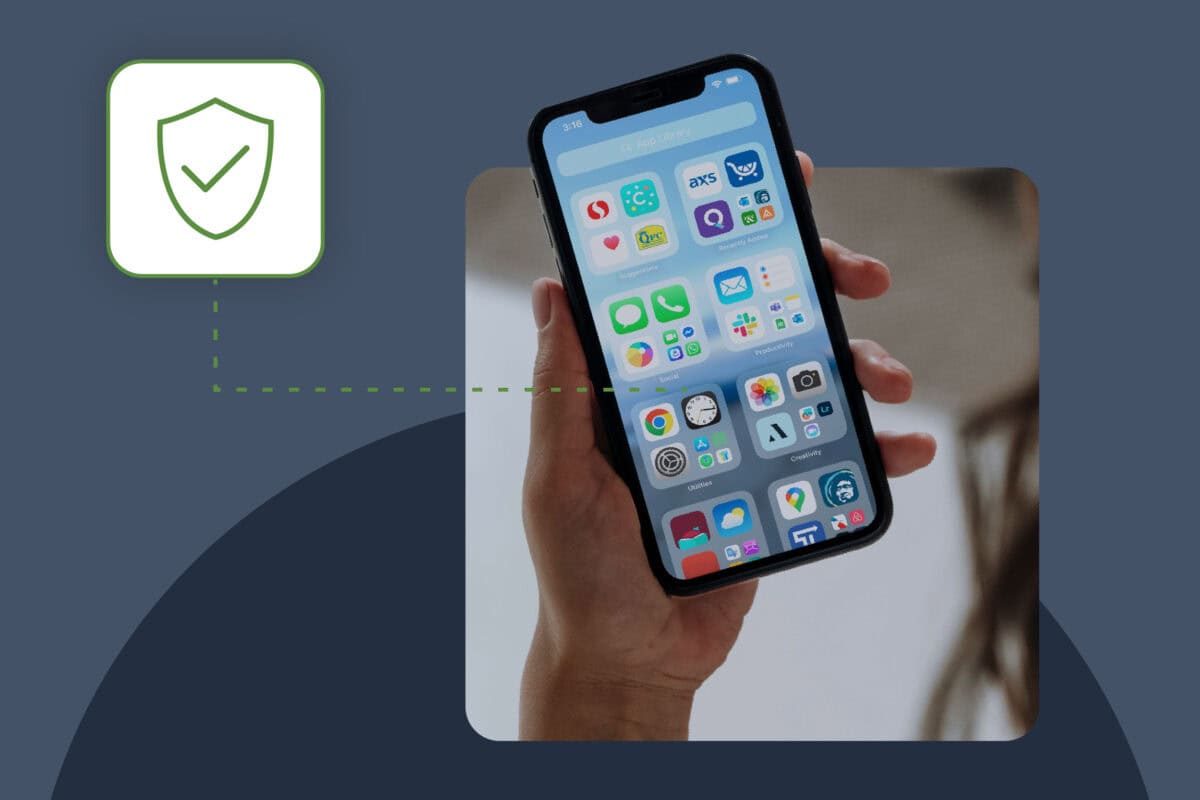Table of Contents
Related Blogs
In modern fashion, collaborations are an important way to foster creativity and expand horizons. From unexpected mixes like Louis Vuitton partnering with streetwear brand Supreme to Versace creating a capsule collection for H&M, these collaborations push boundaries and elevate the end product. The same is true when building secure applications. It requires a strong atmosphere of partnership between development and security teams.
The threat landscape continuously evolves, with threat actors constantly designing new ways to exploit applications. Scanning applications for known weaknesses at specific stages is important in traditional security testing, but additional steps are necessary. When vuln scanning takes place too late in the development process, it cannot catch fundamental flaws in the design. It is like a fashion collab where the review process only occurs at the final show. It could cause the entire collection to fall apart.
This is where Digital.ai Continuous Testing comes in. It automates the testing of protected apps, seamlessly integrating into the entire SDLC. It is as if a team of highly skilled tailors worked along with the designers to constantly check the fabric, update different stitch techniques, and improve the overall construction.
Continuous Testing goes beyond patching holes. When Application Security introduces protections, it throws a wrench in threat actors’ plans. If a threat actor can decompile a mobile application’s code, it will seem like a tangled mess of yarn after the cat gets in it.
So, let’s discuss and explore how Continuous Testing and Application Security foster a collaborative SDLC that frustrates threat actors by making applications a fashionably complex labyrinth. The approach is to build a more secure foundation for applications from the ground up.
Breaking Down Silos
Fashion thrives on breaking boundaries. For example, Karl Lagerfeld collaborated with H&M to merge high-end luxury with fast fashion accessibility. The takeaway was that when disparate entities work together, they can make magic.
It requires a similar level of collaboration to build secure quality software. In the past, development and security teams worked in silos, with security injections happening as a separate stage in the SDLC.
Continuous Testing enters at this point. It acts as a bridge helping to foster a “DevSecOps” environment. Where the Lagerfeld X H&M collab required a merging of design aesthetics, the continuous testing process can integrate an already protected application through the automated testing process. This fosters a collaborative environment where developers and security professionals work together from the beginning. It helps developers understand application security while helping security teams better understand the development process.
The key is that by obfuscating code and introducing protections, applications are inherently more difficult to exploit. It makes decompiled code unreadable and impossible for threat actors to understand.
This collaborative approach, driven by continuous testing, ensures applications are built with security in mind from the ground up, not as an afterthought. It is more than patching a hole. It is about creating a complex and secure foundation for applications.
Using Automation to Shift Left
Fashion designers meticulously check their work throughout each stage of the process, from initial sketches to the final alternations. This approach is as proactive as “shifting left” in security and testing, which refers to integrating security and testing processes earlier throughout the entire Software Development Lifecycle (SDLC).
Continuous Testing occurs throughout the process to seamlessly weave automation through the development workflow. It aims to identify issues early in the development process so developers can fix them at the lowest cost. In fashion terms, it is like making a minor adjustment rather than replacing an entire element of the garment later.
Fixing vulnerabilities early in development can massively reduce costs, being ten to twenty times cheaper than patching them after deploying the application. That’s like catching a small tear in the fabric during construction versus replacing the entire garment after the runway show—a much more expensive proposition.
A “shift left” approach, fostered by continuous testing, ensures a more secure foundation for your applications from the beginning. Automating testing on already secured applications increases the process’s speed and accuracy.
Empowering Teams, Strengthening Security
Continuous testing empowers developers to quickly identify and fix security issues like a skilled tailor can help designers create their vision. Automating the testing of secured apps helps add an extra layer of protection for applications before release. It helps developers see the impact of their code on the overall security posture and address any concerns immediately. It helps make security and testing more proactive.
It also frees up time for security teams and testers to work on the most important aspects of their roles. They can eliminate repetitive tasks in favor of more strategic initiatives. Testers can work on uncovering more defects, and security teams can focus on identifying new attack vectors.
It is a collaborative environment powered by continuous testing, strengthening the overall application quality. It allows developers to be more aware of security needs while security teams explore new strategies. This results in a well-coordinated team working together to build a fashionably secure labyrinth for threat actors, one that’s constantly evolving and adapting to stay ahead of the latest threats.
Leveraging the Existing Investment
The excitement surrounding the Supreme & Louis Vuitton collaboration was palpable. It shows the immense value of maximizing existing investments. It highlighted the strengths of both brands to create a product better than the sum of its parts. So, too, with Digital.ai Continuous Testing, which can integrate seamlessly with Digital.ai Application Security.
If Application Security is the foundation of a strategically secure application, then Continuous Testing is an additional complimentary layer that automates the testing of already secure applications. It leverages the established application security measures and goes beyond by continuously scanning for potential weaknesses and blind spots. This collaborative approach unlocks the full potential of both technologies, resulting in a more robust and secure application landscape.
Faster Releases, Reduced Costs
Continuous testing is also a game-changer for development speed. Early issue detection is like catching a small tear in a garment during construction instead of replacing the entire garment after the runway show. It is a faster and cheaper proposition.
Early defect detection leads to faster development cycles. Developers can iterate quickly, knowing that they are addressing functional and security concerns. The cost savings are significant. Fixing vulnerabilities early in development costs far less than patching them after deploying the application. Catching issues early on helps avoid costly rework due to late-stage security bugs. Continuous testing streamlines the development process, allowing you to release secure applications faster and more efficiently.
Long-Term Security Posture
The benefits of continuous testing extend far beyond a single development cycle. Continuously identifying and fixing defects throughout the entire development lifecycle helps build a more robust functional and security posture for your applications. Imagine a garment that’s carefully inspected and reinforced at every stage of production, resulting in a more durable and long-lasting piece.
This proactive approach significantly reduces the risk of security breaches. Additionally, by prioritizing security and functionality from the beginning, continuous testing helps build trust with your users. In today’s security-conscious world, a strong security posture is no longer a luxury; it’s a competitive advantage. Continuous testing ensures your applications are built with security in mind, giving you a clear edge in the marketplace.
Stitching Together a Secure Future
The world of fashion thrives on collaboration. Combining continuous testing with application security creates a complex labyrinth for threat actors, ensuring developers build applications with security in mind from the very beginning.
This collaborative approach offers a multitude of benefits:
- Faster Releases & Reduced Costs: Early defect detection streamlines development, leading to quicker releases and lower costs.
- Empowered Teams & Stronger Security: Developers gain security insights, while security professionals can focus on strategic initiatives.
- Long-Term Security Posture: Continuous identification and mitigation of defects builds a robust and secure application foundation.
Embracing continuous testing allows organizations to ditch silos, foster collaboration, and unlock the full potential of their development and security teams. The result is secure quality applications that are as innovative and adaptable as the latest fashion trends.
Are you ready to scale your enterprise?
Explore
What's New In The World of Digital.ai
Guide: Mobile Automation with Appium in JavaScript
Learn to automate mobile apps with Appium and JavaScript. Our guide includes setup, test writing, and advanced features to streamline your testing process.
Announcing Quick Protect Agent: MASVS-Aligned Protections, Now Easier Than Ever
Easily apply OWASP MASVS-aligned protections to your mobile apps—no coding needed. Quick Protect Agent delivers enterprise-grade security in minutes.
Digital.ai Testing Now Supports iOS 26 Beta
Digital.ai Testing now supports iOS 26 (Beta). Discover the new features and see how it works with a demo below.




